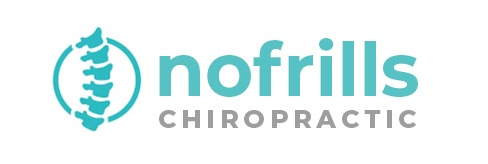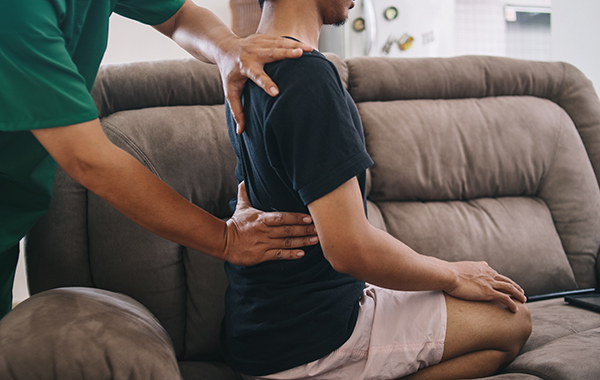Scoliosis Treatment in Singapore
Learn about the potential benefits of chiropractic care in addressing scoliosis.
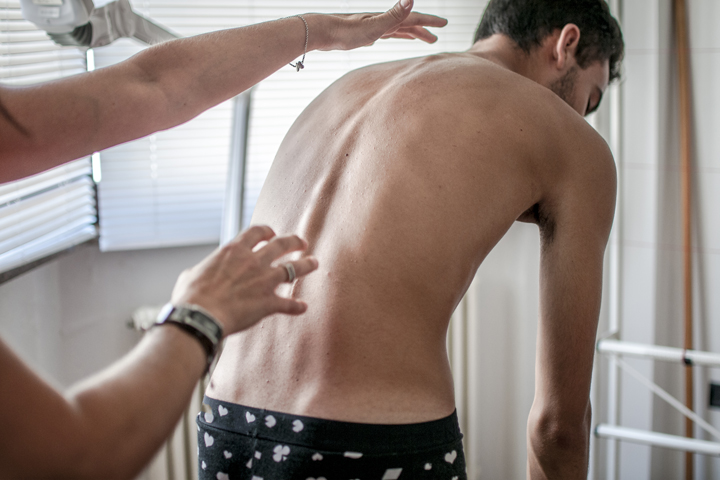
About Scoliosis
ABNORMAL SPINE CURVATURE
What is scoliosis?
Scoliosis is characterized by an abnormal curvature of the spine, usually exceeding 10 degrees. Unlike poor posture, which stems from habits, scoliosis is primarily genetic, causing uneven spinal growth.
Treatment varies based on curvature severity:
- Curvature less than 25 degrees: Regular observation and periodic exams.
- Curvature between 25 to 40-50 degrees: Bracing to slow curvature progression.
- Curvature exceeding 40-50 degrees: Surgery, typically spinal fusion.
Scoliosis progresses gradually, often worsening during growth spurts, with severe cases potentially leading to serious outcomes. Early detection and management are crucial for better outcomes.
COULD I BE AFFECTED BY SCOLIOSIS?
How can I determine if I have scoliosis?
You may encounter the following symptoms of scoliosis:
Shoulder asymmetry (e.g., T-shirt consistently slipping to one side)
Hip imbalance (e.g., pants/skirt riding up higher on one side)
Body leaning to one side
Noticeable space difference between one arm and the body on one side
Off-centered head position
If you notice any of these signs, it could raise concerns about scoliosis for you or your child. In Singapore, annual health screenings in schools, including assessments for scoliosis, are conducted by the School Health Services (SHS) from the Youth Preventive Services Division (YPSD).
If your child has not undergone screening but you have concerns, we recommend scheduling a check-up for your child. Early detection is key to effective management.
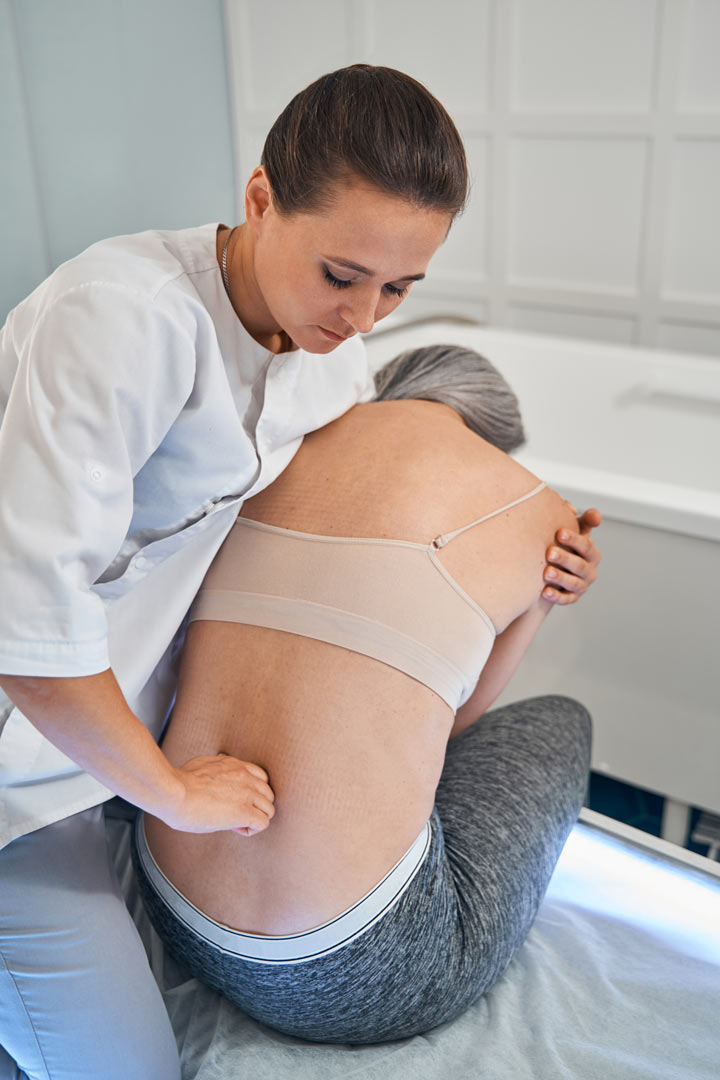
SCOLIOSIS PROBLEMS
Complications resulting from scoliosis
Prolonged back pain
Impaired heart and lung function
Respiratory difficulties
Nerve damage
WHO IS AT RISK OF SCOLIOSIS?
Possible causes of scoliosis?
The most common form of scoliosis is ‘idiopathic,’ signifying that its cause is unknown, accounting for 80% of all cases. The remaining 20% result from neuromuscular, congenital, degenerative, and traumatic factors.
Despite various speculations on potential causes, it’s essential to note that scoliosis is NOT triggered by:
- Carrying heavy loads on one side only
- Accidents or trauma
- Inadequate calcium intake
- Poor posture or sleeping positions
- Any specific physical activities or sports
ADULT SCOLIOSIS
Is it possible to develop scoliosis later in life?
Yes it is possible. Idiopathic scoliosis can often go undetected during adolescence, especially when it’s mild and lacks noticeable symptoms. When this type of scoliosis persists into adulthood, it’s referred to as adult idiopathic scoliosis.
Another common form of scoliosis in adults is degenerative scoliosis, which can also be known as osteoarthritis or spondylosis.
Without early treatment for subluxation (misalignment), the bones and spinal discs can degenerate over time.
This degeneration can lead to a worsening of the damage to the spine, causing tilting and slipping between vertebrae and resulting in an abnormal curve.
Early detection and treatment are essential to prevent further complications.
IS SCOLIOSIS A SERIOUS CONDITION?
Should I be concerned about having scoliosis?
No, you shouldn’t. Here’s why!
First, most cases of scoliosis do not require spinal surgery. Next, time is a critical factor in play. It’s far easier to manage a mild case of scoliosis than an acute case. Thankfully, in Singapore, we have early detection measures in place.
Approximately 2% of adolescent children were diagnosed early before their scoliosis became worse.
For those who are diagnosed with scoliosis, what’s next? Well, there are 2 ways around this:
'Observation' approach:
This entails doctors ordering periodic X-ray screenings to monitor the progression of the spinal curvature. This less invasive strategy allows patients to assess whether the condition is stable or worsening before considering more aggressive treatments.
Chiropractic treatment:
This approach centers on regular spinal adjustments to maintain proper alignment and potentially prevent the worsening of scoliosis. This non-invasive option aims to alleviate discomfort and enhance overall spinal health through manual therapies, offering a holistic, drug-free alternative.
There’s no one-size-fits-all solution, as it depends on your risk tolerance. While some individuals find relief in discovering that their scoliosis is not worsening, others may regret not taking action earlier.
Does scoliosis impact pregnancy?
No, it does not. Women with scoliosis are just as capable of delivering healthy babies. Although pregnancy is not entirely pain-free for any mother, those with scoliosis may encounter higher instances of back pain or breathing difficulties.
EXERCISE SOLUTION
Are there any exercises that treat scoliosis?
Just like crooked teeth, physical misalignments require physical interventions to correct them. Brushing your teeth everyday will not straighten your teeth.
Exercise cannot treat scoliosis and the physical misalignment of the spine. Exercise may help improve posture and range of motion, but itself cannot change the curvature.
SCOLIOSIS BRACE
Does wearing a back brace treat scoliosis?
However, it’s important to understand that bracing effectiveness can vary, and it may not be comfortable, especially in hot climates like Singapore. Braces are typically worn for a significant portion of the day.
In more severe cases, surgery or other treatments may be necessary. The decision to use a brace should be made in consultation with a medical professional, considering individual circumstances and the severity of the condition.
RISK FACTORS
Risks associated with spinal fusion surgery
All surgeries carry inherent risks. It is advisable to consult with a surgeon to fully comprehend the medical risks associated with the surgery based on your specific condition.
In addition to medical risks, here are other factors to contemplate when considering spinal surgery:
Financial considerations
Spinal fusion surgery is highly intricate, and the cost can vary based on individual cases of scoliosis, with factors that influence the expenses. In Singapore, the estimated price range is between $6,000 and $10,000.
Emotional impact
According to a Mayo Clinic study, patients undergoing spinal surgery face a higher risk of postoperative depression compared to patients treated for other conditions associated with depression. According to Dr. Subach, the likelihood of postoperative depression is influenced by the duration of symptoms before treatment and the success in relieving pain. Prolonged symptoms before surgery may contribute to signs of depression and resignation to enduring pain.
Decreased range of motion
MANAGING SCOLIOSIS
When is surgery required for scoliosis?
In the majority of scoliosis cases, spinal fusion surgery is not deemed necessary. However, when the scoliotic curve exceeds 40-45 degrees, more invasive treatment methods are considered to control it.
Depending on the type and severity of scoliosis, surgeons may attach screws and rods to parts of the spine to forcibly straighten and align it.
While effective, there are important considerations to bear in mind.
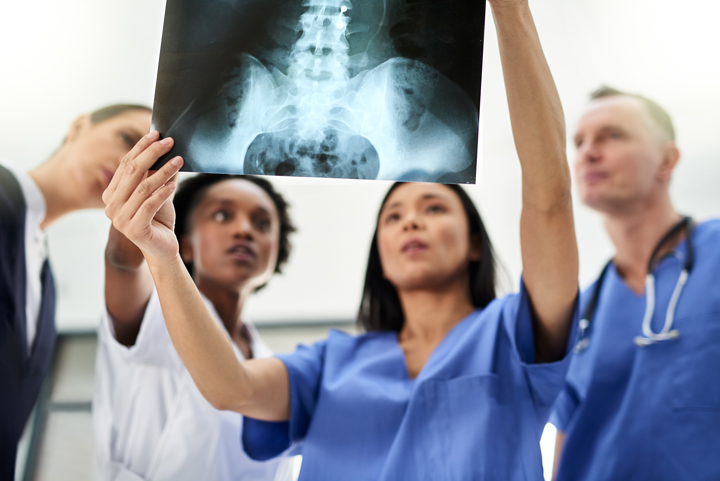
CHIROPRACTIC APPROACH TO SCOLIOSIS
Non-surgical scoliosis treatment: how chiropractic care can help
Scoliosis is a progressive condition, and effective treatment involves staying ahead of its progression. Chiropractic care takes a proactive approach by focusing on physical adjustments to address spinal misalignments.
While positive feedback has been received from individuals with scoliosis during chiropractic care, outcomes depend on factors such as:
- The severity of the condition
- Individual response to adjustments
- Stage of growth (child or adult)
Chiropractic care is a non-invasive and drug-free method aimed at relieving pain and preventing further deterioration of spinal curvature.
Can I seek chiropractic care if I’ve undergone spinal surgery?
Certainly, individuals who have undergone spinal surgery can still benefit from chiropractic care. Previous spinal surgery may limit range of motion and impact overall spinal health. It’s crucial to inform the chiropractor about past surgeries and provide relevant details. During adjustments, precautions will be taken to avoid affecting the surgically treated area.
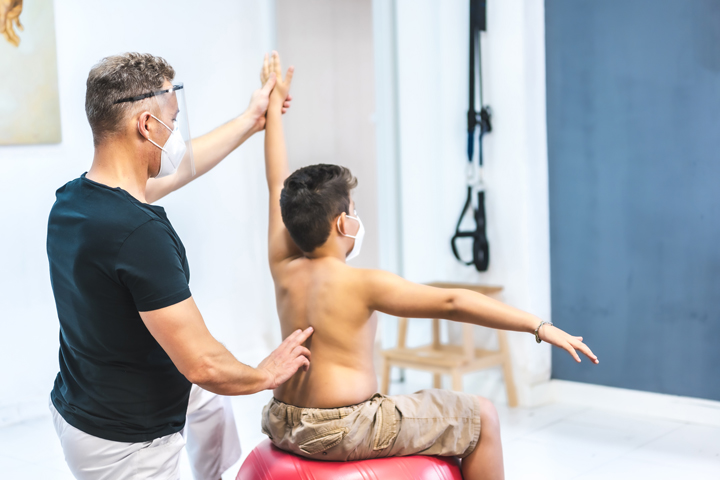
THE CHIROPRACTIC APPROACH
When should I consider a scoliosis check-up?
Note: The information provided is not a substitute for a diagnosis or medical care. Symptoms and treatments vary from person to person, and consultation with a chiropractor is recommended for an accurate diagnosis and personalized recommendations.
Book your initial chiropractic visit
hello@nofrillschiropractic.com
Phone
9007 1085
Open Hours
Mondays - Sundays: 9am-6pm
We're here whenever you need us
hello@nofrillschiropractic.com
Contact Us
9007 1085
Open Hours
Monday-Sundays:
10am to 7pm
Address
279 Tanjong Katong Rd
S437062
